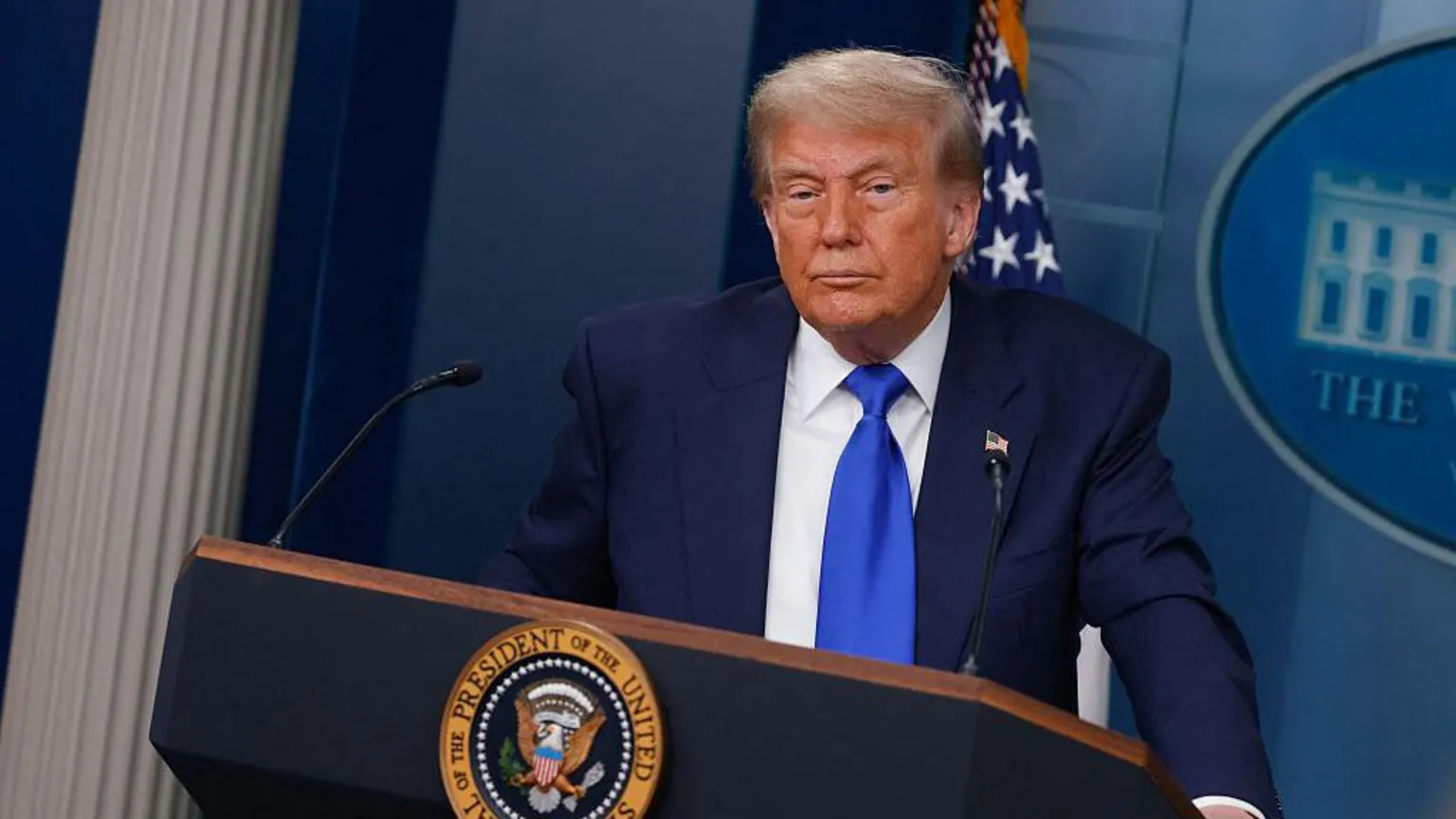President Donald Trump’s latest round of tariffs has officially come into force, hitting more than 90 countries worldwide in one of the most aggressive trade overhauls in recent US history.
“IT’S MIDNIGHT!!! BILLIONS OF DOLLARS IN TARIFFS ARE NOW FLOWING INTO THE UNITED STATES OF AMERICA!” Trump wrote on social media just moments before the new measures took effect in Washington, DC.
Among the most notable changes is a 50% tariff on Indian exports, set to be enforced from August 27 unless New Delhi halts its purchases of Russian oil. India has slammed the move as “unfair, unjustified, and unreasonable,” vowing to defend its economic interests.
Trump also threatened a 100% tariff on foreign-manufactured semiconductors in a push to bring tech manufacturing back to the US. Apple quickly responded, announcing a $100 billion investment to expand production domestically. However, key foreign chipmakers such as TSMC, Samsung, and SK Hynix are reported to be exempt from the new levies.
The tariffs come after the White House issued a revised list of import duties last week, granting countries until August 7 to negotiate lower rates or risk facing stiff penalties. Countries like Japan, South Korea, and the UK have since reached agreements with Washington to avoid the most severe tariffs, while the EU accepted a 15% rate under a framework deal with Brussels.
In Southeast Asia, export-heavy nations including Laos and Myanmar are facing levies as high as 40%, with analysts noting that many of the hardest-hit countries are closely aligned with China.
Meanwhile, Canada saw its tariff rate hiked from 25% to 35% over what Trump called Ottawa’s failure to stem drug smuggling into the US. However, thanks to the United States-Mexico-Canada Agreement (USMCA), most Canadian exports are shielded from the tariff. Mexico, for its part, has been granted a 90-day reprieve as talks continue.
Brazil, another key US trading partner, was hit with a 50% tariff after Trump accused President Luiz Inacio Lula da Silva of targeting American tech firms and interfering in US domestic politics by defending the prosecution of former president Jair Bolsonaro.
Taiwan, a strategic US ally in the Pacific, received a 20% tariff though its president, Lai Ching-te, called the rate “temporary” and said negotiations are still ongoing.
Despite fears of market turbulence, major Asian stock markets remained largely steady, with indices in Japan, China, Hong Kong, and South Korea slightly higher. Indian and Australian markets, however, recorded modest declines.
Economists say this latest move could bring some clarity after months of trade uncertainty. “This is supposed to be it. Now you can start to analyze the impact of the tariffs,” said Bert Hofman, economist at the National University of Singapore.
With only days left before the US-China tariffs pause expires on August 12, global markets remain on edge as countries scramble to shield themselves from the ripple effects of Trump’s latest protectionist push.
